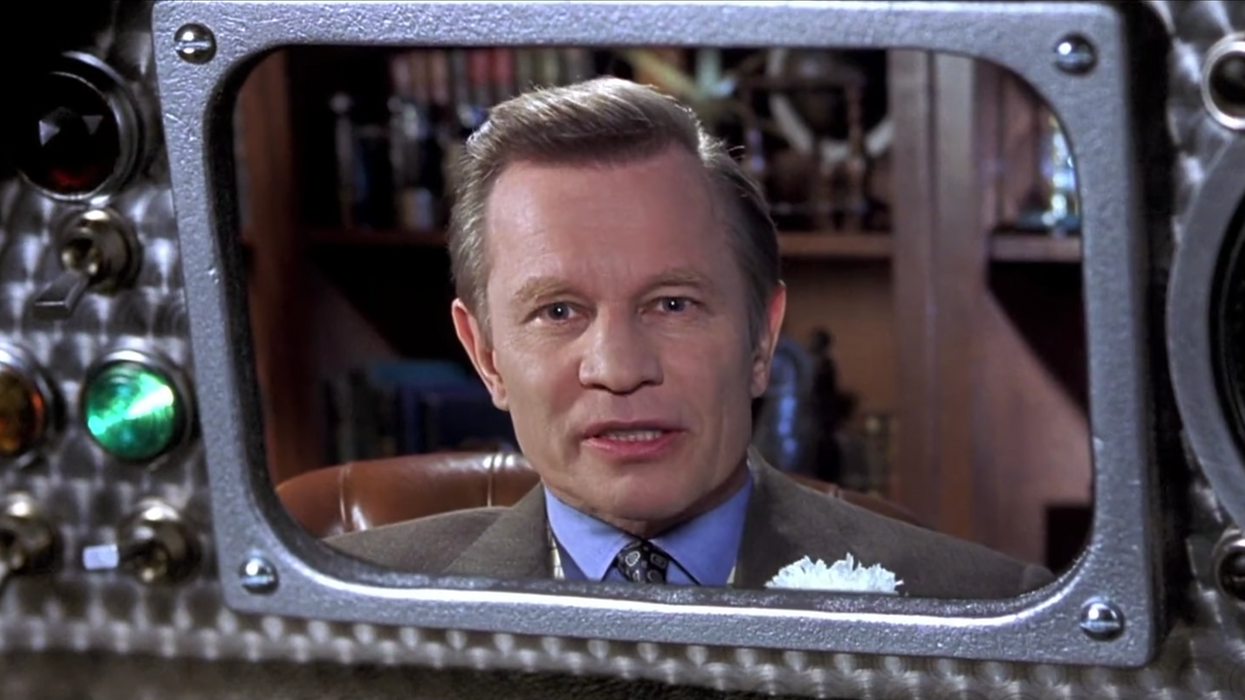How Great Screenwriters Hide Exposition in Plain Sight
Your screenplay's expositional scenes can be like a covert spy sneaking around undetected or a clever magician drawing your audience's eye with tricky sleight of hand.

Writing exposition is notoriously problematic, especially for new screenwriters. Many times, inexperienced (or just plain lazy) writers will unload necessary information in tediously clunky expositional scenes that feel more like homework than entertainment, leaving audiences bored and unengaged in the storytelling process. So, how do you make these kinds of scenes fun and interesting to watch? Well, in this video essay, Fandor's Philip Brubaker goes over how a handful of very clever professional screenwriters managed it with their screenplays, from Robert Towne with Chinatown, arguably the best script ever written, to Mike Meyers with Wayne's World 2, arguably the 2nd best Wayne's World script ever written.
Brubaker shares a lot of great examples of expositional scenes in the video essay, some of which disguise information in boring chats over sandwiches while others go in guns blazing and satirize the whole technique. The lessons here are that 1.) your choice of expositional device should be one that you don't make lightly, and 2.) just having a character share all the necessary information like they're reading a textbook is not a choice.
Seriously, a walk-and-talk or dinner table scene in which one character simply informs another about important facts, backstory, or stakes can come off as lazy or patronizing to the audience. Your viewer doesn't want to be spoonfed pertinent information, they want to be given clues to a mystery that they're required to solve. That allows them to engage with your story, to become invested, to care about the outcome.
So, whether you want to hide exposition in mundane actions or break the 4th wall and face it head on, just make sure that whatever you do allows your viewer to participate in your storytelling rather than merely be subjected to it. It'll keep things interesting and entertaining enough for them to stick around until the credits start to roll.
Source: Fandor











